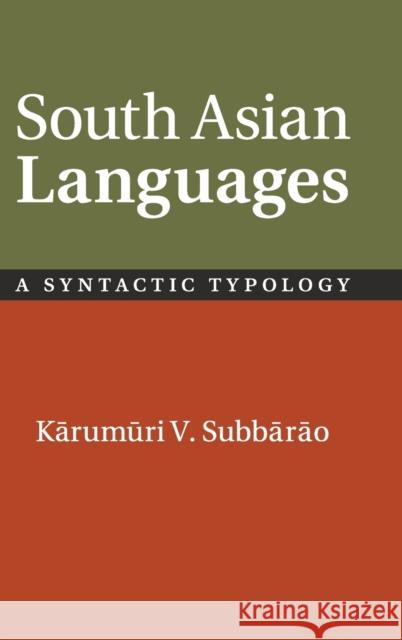South Asian Languages: A Syntactic Typology » książka
South Asian Languages: A Syntactic Typology
ISBN-13: 9780521861489 / Angielski / Twarda / 2012 / 400 str.
South Asian languages are rich in linguistic diversity and number. This book explores the similarities and differences of about forty languages from the four different language families (Austro-Asiatic, Dravidian, Indo-Aryan (Indo-European) and Tibeto-Burman (Sino-Tibetan)). It focuses on the syntactic typology of these languages and the high degree of syntactic convergence, with special reference to the notion of 'India as a linguistic area'. Several areas of current theoretical interest such as anaphora, control theory, case and agreement, relative clauses and the significance of thematic roles in grammar are discussed. The analysis presented has significant implications for current theories of syntax, verbal semantics, first and second language acquisition, structural language typology and historical linguistics. The book will be of interest to linguists working on the description of South Asian languages, as well as syntacticians wishing to discover more about the common structure of languages within this region.











